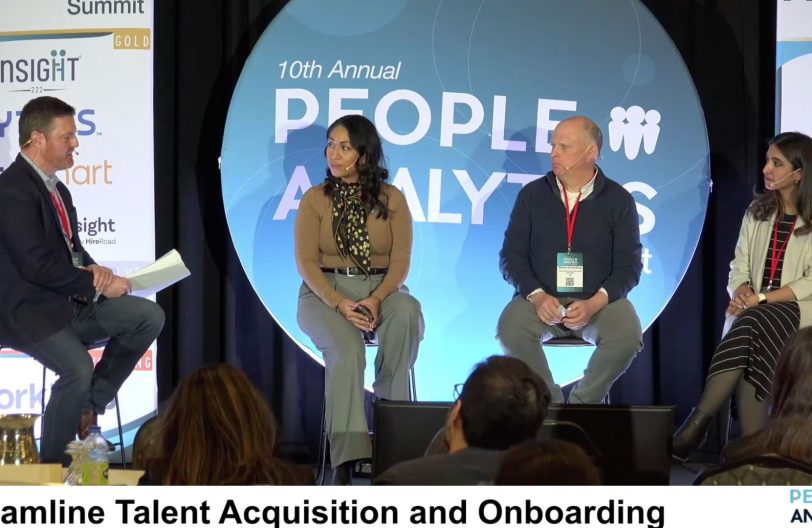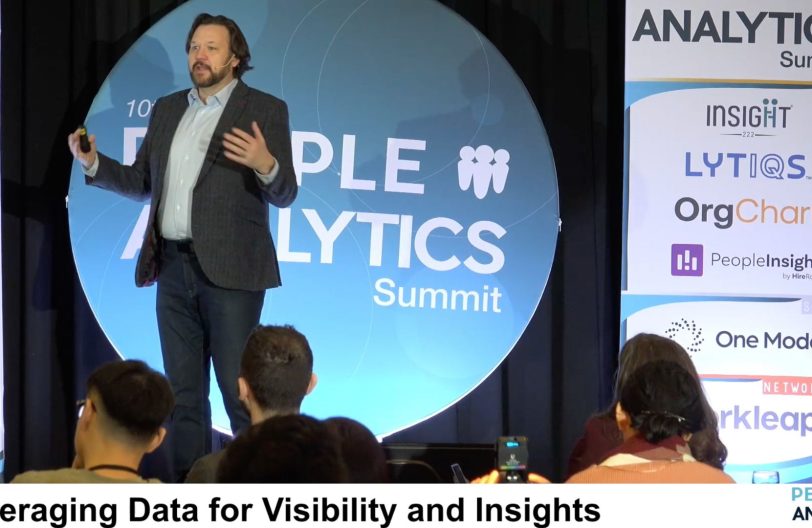Executive Summary:
The landscape of human resources is undergoing a radical transformation, driven by breakthrough technologies that are reshaping how organizations manage, develop, and engage their most critical asset—their people. In an era of unprecedented technological disruption, HR professionals must become strategic innovators, leveraging cutting-edge tools to create more intelligent, responsive, and human-centric workplaces.
Key Points:
- The shift from administrative to strategic HR
- Technology as a competitive advantage in talent management
- Key drivers of technological innovation in HR
The traditional view of HR as a purely administrative function is rapidly becoming obsolete. Today’s HR leaders are expected to be strategic partners, driving organizational performance through intelligent people management. This transformation is powered by technological innovations that provide unprecedented insights into workforce dynamics, individual potential, and organizational health.
Technological advancement is no longer a luxury but a critical competitive advantage. Organizations that successfully integrate advanced technologies into their HR practices can unlock new levels of efficiency, engagement, and strategic alignment. From predictive analytics to artificial intelligence, these tools enable HR professionals to move beyond reactive management to proactive, data-driven decision-making. The key drivers of this technological revolution include increasing workforce complexity, the rise of remote and hybrid work models, generational shifts in workplace expectations, and the exponential growth of data analytics capabilities. As businesses navigate increasingly volatile global markets, the ability to quickly understand, develop, and mobilize talent has become a fundamental competitive differentiator.
- Current Technological Landscape
Key Technologies:
- Artificial Intelligence
- Machine Learning
- Advanced Analytics
- Cloud-Based HR Platforms
- Automation Tools
The current HR technology ecosystem is a sophisticated network of interconnected tools designed to address the multifaceted challenges of modern workforce management. Artificial Intelligence stands at the forefront, offering capabilities that were unimaginable just a decade ago. These technologies are not merely improving existing processes; they are fundamentally reimagining how organizations understand, engage, and develop their human capital. Cloud-based platforms have democratized access to advanced HR technologies, allowing organizations of all sizes to leverage sophisticated tools previously available only to large enterprises. These platforms provide real-time, global access to workforce data, enabling more agile and responsive HR strategies. Automation tools are eliminating repetitive administrative tasks, freeing HR professionals to focus on strategic initiatives. From automated candidate screening to intelligent onboarding processes, these technologies are creating more efficient, consistent, and engaging employee experiences.
- Emerging Technologies Deep Dive
A. Artificial Intelligence in HR Key Technologies:
- Predictive Hiring Algorithms
- AI-Powered Candidate Screening
- Intelligent Performance Management
- Personalized Learning Recommendations
- Chatbot-Driven Employee Support
Artificial Intelligence represents the most transformative technology in HR’s evolution. By analyzing vast datasets, AI can identify patterns and insights that human analysts might miss. Predictive hiring algorithms, for instance, can assess candidate potential beyond traditional metrics, considering factors like cultural fit, learning agility, and long-term performance potential. AI-powered performance management systems provide continuous, nuanced feedback, moving beyond annual review cycles to create real-time, personalized development pathways. These systems can identify skill gaps, recommend targeted learning interventions, and predict potential career trajectories with remarkable accuracy. Personalized learning recommendations powered by AI ensure that employee development is no longer a one-size-fits-all approach. By understanding individual learning styles, career aspirations, and organizational needs, these systems can create hyper-personalized professional development experiences.
B. Machine Learning Applications Key Technologies:
- Talent Retention Prediction
- Skills Gap Analysis
- Career Trajectory Modeling
- Real-Time Performance Insights
- Bias Detection in Recruitment
Machine learning goes beyond traditional analytics by creating adaptive, self-improving systems that become more sophisticated with each interaction. Talent retention prediction models can now anticipate potential employee departures with unprecedented accuracy, allowing organizations to proactively address retention challenges. Skills gap analysis powered by machine learning provides dynamic, real-time insights into organizational capabilities. By continuously mapping emerging skills against current workforce competencies, companies can develop targeted upskilling and reskilling strategies that keep pace with rapid technological change. Career trajectory modeling represents a breakthrough in talent management. These advanced algorithms can map potential career paths, identify high-potential employees, and create personalized development roadmaps that align individual aspirations with organizational needs.
C. Advanced Analytics
Key Technologies:
- Comprehensive Workforce Planning
- Multi-Dimensional Organizational Mapping
- Sentiment and Engagement Analysis
- Compensation Optimization
- Diversity and Inclusion Tracking
Advanced analytics transform raw workforce data into strategic insights. Comprehensive workforce planning tools can now create sophisticated models that predict future talent needs, simulate organizational restructuring scenarios, and optimize resource allocation with unprecedented precision. Sentiment and engagement analysis tools provide real-time insights into workforce morale, identifying potential issues before they escalate. By analyzing communication patterns, performance data, and employee feedback, these tools create a holistic view of organizational health. Diversity and inclusion tracking has evolved from compliance reporting to strategic intelligence. Advanced analytics can now identify systemic barriers, track meaningful progress, and provide actionable recommendations for creating more inclusive workplace environments.
- Implementation Strategies
- Technology Adoption Roadmap
- Change Management Techniques
- Ethical Considerations
- Data Privacy and Security
- Skill Development for HR Professionals
- Future Predictions
Projected Technological Developments (2024-2030):
- Hyper-Personalized Employee Experiences
- Autonomous HR Systems
- Integrated Global Talent Platforms
- Predictive Workforce Modeling
- Ethical AI Governance
- Conclusion and Recommendations
- Strategic Technology Investment Guidelines
- Building a Future-Ready HR Technology Stack
- Continuous Learning and Adaptation
Key Takeaways:
- Technology is transforming HR from an administrative function to a strategic partner
- Organizations must proactively invest in emerging technologies
- Ethical implementation and continuous learning are critical
Recommended Action Items:
- Conduct a comprehensive technology audit of current HR systems
- Develop a 3-5 year technology adoption strategy
- Invest in continuous learning for HR technology skills
- Establish an innovation task force focused on emerging HR technologies
This whitepaper is based on the 2025 People Analytics Summit featuring Tom McCarthy, CEO of Org Chart.



